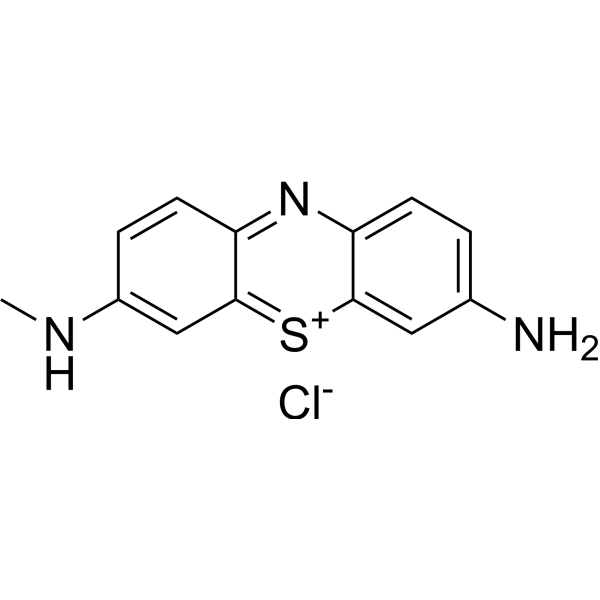Chemical manipulation of hsp70 ATPase activity regulates tau stability.
Umesh K Jinwal, Yoshinari Miyata, John Koren, Jeffrey R Jones, Justin H Trotter, Lyra Chang, John O'Leary, David Morgan, Daniel C Lee, Cody L Shults, Aikaterini Rousaki, Edwin J Weeber, Erik R P Zuiderweg, Jason E Gestwicki, Chad A Dickey
Index: J. Neurosci. 39th ed., 30;29 , 12079-12088, (2009)
Full Text: HTML
Abstract
Alzheimer's disease and other tauopathies have recently been clustered with a group of nervous system disorders termed protein misfolding diseases. The common element established between these disorders is their requirement for processing by the chaperone complex. It is now clear that the individual components of the chaperone system, such as Hsp70 and Hsp90, exist in an intricate signaling network that exerts pleiotropic effects on a host of substrates. Therefore, we have endeavored to identify new compounds that can specifically regulate individual components of the chaperone family. Here, we hypothesized that chemical manipulation of Hsp70 ATPase activity, a target that has not previously been pursued, could illuminate a new pathway toward chaperone-based therapies. Using a newly developed high-throughput screening system, we identified inhibitors and activators of Hsp70 enzymatic activity. Inhibitors led to rapid proteasome-dependent tau degradation in a cell-based model. Conversely, Hsp70 activators preserved tau levels in the same system. Hsp70 inhibition did not result in general protein degradation, nor did it induce a heat shock response. We also found that inhibiting Hsp70 ATPase activity after increasing its expression levels facilitated tau degradation at lower doses, suggesting that we can combine genetic and pharmacologic manipulation of Hsp70 to control the fate of bound substrates. Disease relevance of this strategy was further established when tau levels were rapidly and substantially reduced in brain tissue from tau transgenic mice. These findings reveal an entirely novel path toward therapeutic intervention of tauopathies by inhibition of the previously untargeted ATPase activity of Hsp70.
Related Compounds
| Structure | Name/CAS No. | Molecular Formula | Articles |
|---|---|---|---|
 |
3-Amino-7-(methylamino)phenothiazin-5-ium chloride
CAS:531-57-7 |
C13H12ClN3S |
|
A chemical screening approach reveals that indole fluorescen...
2009-09-01 [Bioorg. Med. Chem. Lett. 19 , 4952-7, (2009)] |
|
Small molecule inhibitors of aggregation indicate that amylo...
2007-04-06 [J. Biol. Chem. 282 , 10311-24, (2007)] |
|
Note from the Biological Stain Commission: revision of azure...
1988-01-01 [Stain Technol. 63(1) , 65-9, (1988)] |
|
Electrochemical sensing based on redox mediation at carbon n...
2005-07-01 [Anal. Chem. 77(13) , 3960-5, (2005)] |
|
Application of Azure C for the extractive spectrophotometric...
1985-06-01 [J. Pharmacol. Methods 13(3) , 275-80, (1985)] |